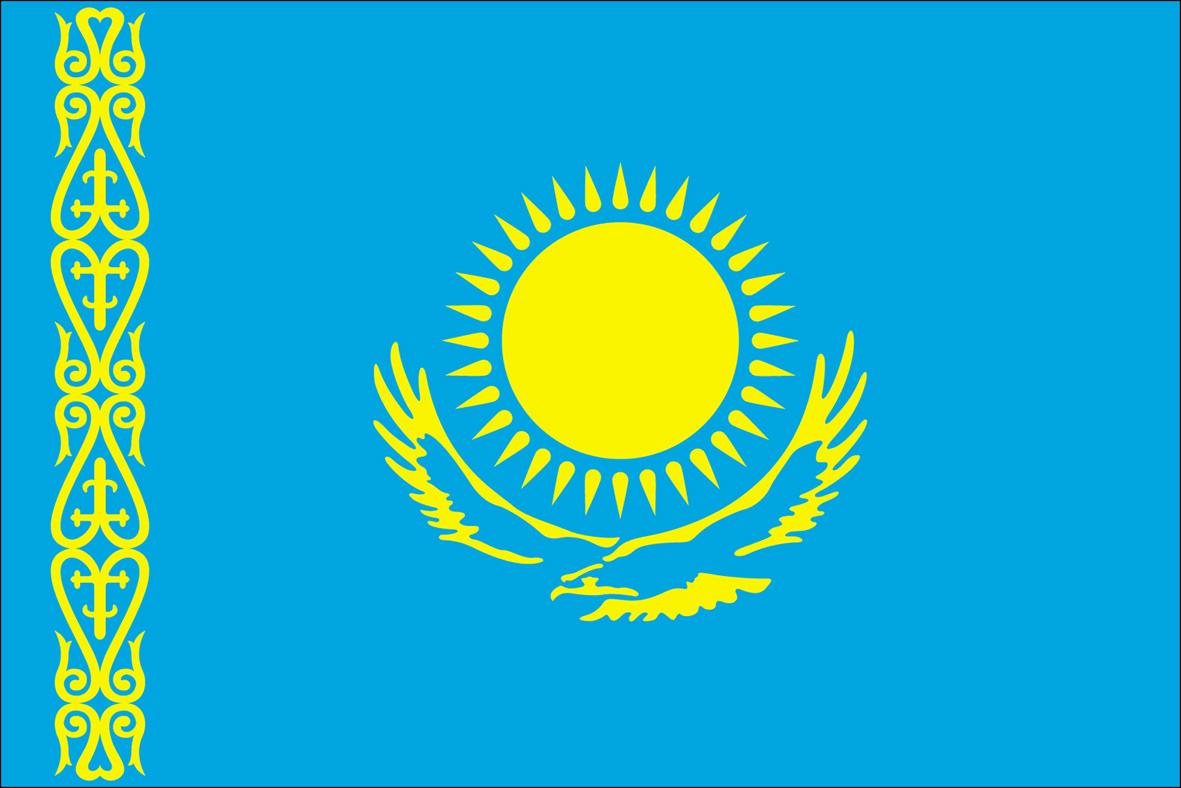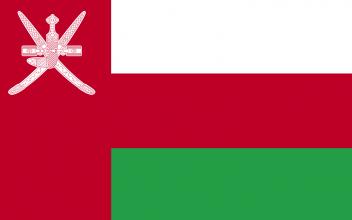Did You Know? Caravanserai along the Silk Roads in the North of the Indian Subcontinent
Caravanserais, large guest houses for travelling merchants and their caravans, were dispersed along the land routes of the Silk Roads. Found extensively from Turkey to China, caravanserai provided not only food and shelter but also an opportunity for merchants and others travelling to exchange goods, access local markets and meet and interact with people from across the vast regions encompassed by the Silk Roads. By offering such an intercultural environment, caravanserai were important sites for the exchange of material culture, languages and ideas.
The Silk Roads connecting the regions of the Indian Subcontinent to Central Asia, Europe and China probably developed as a compliment to river travel and communication and they linked different local, regional and local centres as well as provide a means by which commerce could move from place to place. It is possible that the opening of the road in the north of the Indian Subcontinent was inspired by the Royal road from Achaemenid Persia (550 BCE – 330 BCE), a route which became instrumental in introducing Persian influences into Mauryan art.
These routes have connected what is today Kolkata, India to contemporary Pakistan for the last 2,500 years. Indeed, caravans frequently crossed the Gandhara valleys transporting goods between distant lands. As they did so, the people of Gandhara were introduced to the arts and culture of different regions, and notably to Roman and Persian cultural influences. Taxila (an ancient city founded ~1000 BCE in modern day Pakistan) played an important role regionally as a site where cultural activity flourished. Acting as a gateway to regions further south within the Indian Subcontinent, all land routes emanating from the West and the North ultimately had to cross this city. Along this route a variety of different types of caravanserai were spaced fairly evenly apart to provide merchants, travellers and dignitaries, places to stop and rest during long travels.
Furthermore, many Chinese pilgrims from the fifth to the seventh centuries CE also used various land routes to enter what is today Pakistan. It was along these routes that Buddhism and the influence of Gandhara art in particular permeated Central Asia, reaching far into China. Although it seems that these pilgrims predominantly stayed at Buddhist monasteries rather than caravanserai. Along this section of the Silk Roads, caravanserai became a more widespread feature later when many were constructed during the Mughal period of the 16th century CE. Indeed many of the remaining caravanserai structures in this region today date from this period.
Caravanserais were ideally positioned within a day’s journey of each other, so as to prevent merchants and their precious cargos spending nights exposed to the dangers of the road. On average, this resulted in a caravanserai every 30 to 40 kilometres in well-maintained areas, such as along the Silk Roads that ran through the north of the Indian Subcontinent. Additionally, they also played a role in communicating both regional and international news across Central Asia, and for instance, during the Mughal period, the caravanserais of the Silk Roads in the region were supplied with messenger horses, ready to pass on any important news carried by travellers.
As was the case elsewhere along the Silk Roads, major cities and towns subsequently developed around caravanserai, including those built in what had previously been fairly isolated places. However, perhaps the most important legacy of the caravanserai was its role as a facilitator of exchange and interaction of cultures. Not only did these resting posts aid the movement of people and goods along these long and arduous routes, they also provided opportunities for travellers to come together, to share stories and experiences, and ultimately, cultures, ideas and beliefs. Languages had to be learnt in order to be able to communicate stories from the route, and local food, clothing and etiquette was combined with merchants’ own goods and customs. Moreover, religions, traditions and ideas came into contact with each other in such places, and brought influences from along the lengths of the Silk Roads into the communities around the caravanserais. Bringing travellers together from east and west, they facilitated an unprecedented process of exchange in culture, language, religion and customs that has become the basis of many of the cultures of Central Asia, and far beyond.
See Also
The Evolving Role of Merchants along the Land Routes of the Silk Roads
Traditional Strategy Games along the Silk Roads - Chess
The Butuan Archaeological Sites and the Role of the Philippines in the Maritime Silk Roads
The Exchange of Spices along the Silk Roads
The Maritime Silk Roads and the Diffusion of Islam in the Korean Peninsula
The Exchange of Technical Knowledge used to Craft Silk Roads Goods
Silk Roads exchange and the Development of the Medical Sciences
Silk Roads Exchanges in Chinese Gastronomy
Mathematical Sciences along the Silk Roads
The Role of Women in Central Asian Nomadic Society
Ancient Trading Centres in the Malay Peninsula
Sri Lankan Harbour Cities and the Maritime Silk Roads




